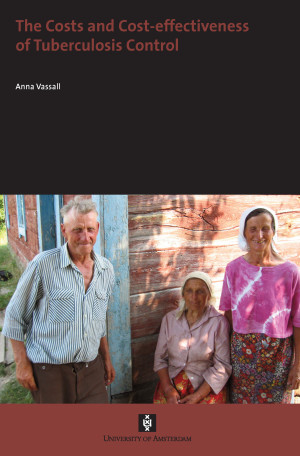Tuberculosis is a leading cause of ill-health and death in low and middle income countries. Tuberculosis control is essential for achieving the Millennium Development Goals relating to health by 2015. However, despite efforts made to expand tuberculosis control over the past decades, tuberculosis remains a serious global health problem. This book aims to assist the expansion of tuberculosis control by adding to the evidence on the cost-effectiveness of different tuberculosis control strategies. It presents research from five countries: Egypt, Ethiopia, Syria, Peru and Ukraine. It examines the implementation of the World Health Organization recommended strategy, Directly Observed Treatment Strategy (dots). New technologies currently being developed to tackle drug resistance are also assessed. Emphasis throughout is placed on the importance of health systems and the costs for patients accessing treatment. This book is essential reading for anyone interested in economic aspects of tuberculosis control.





